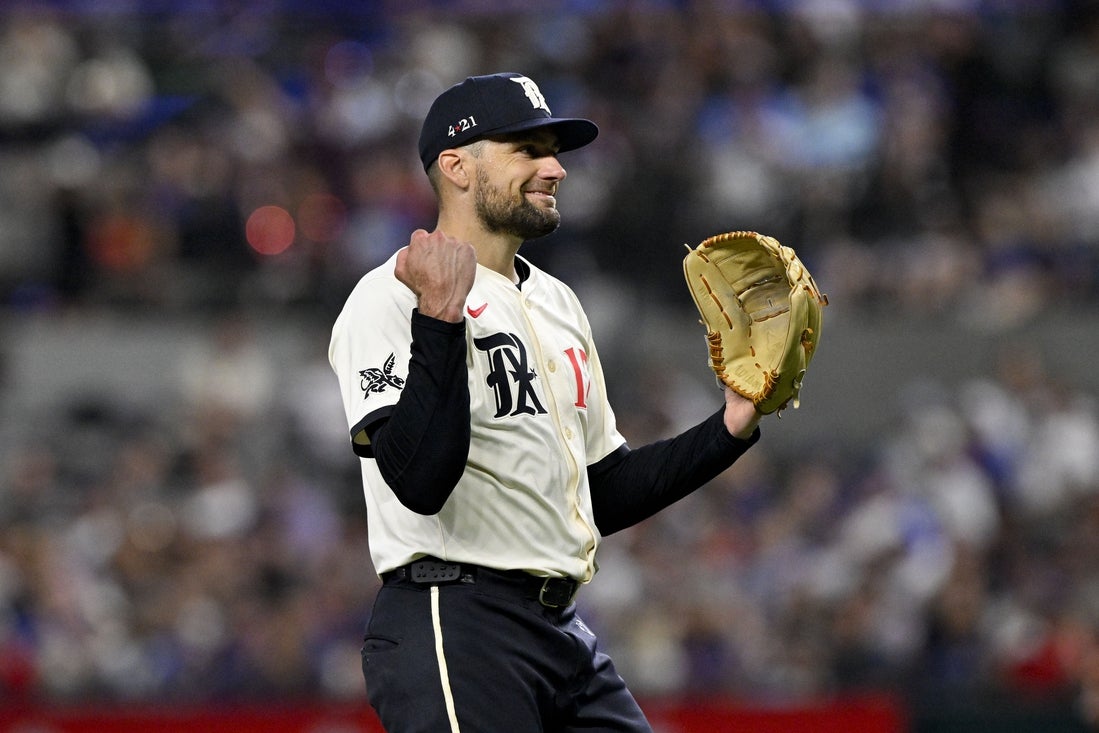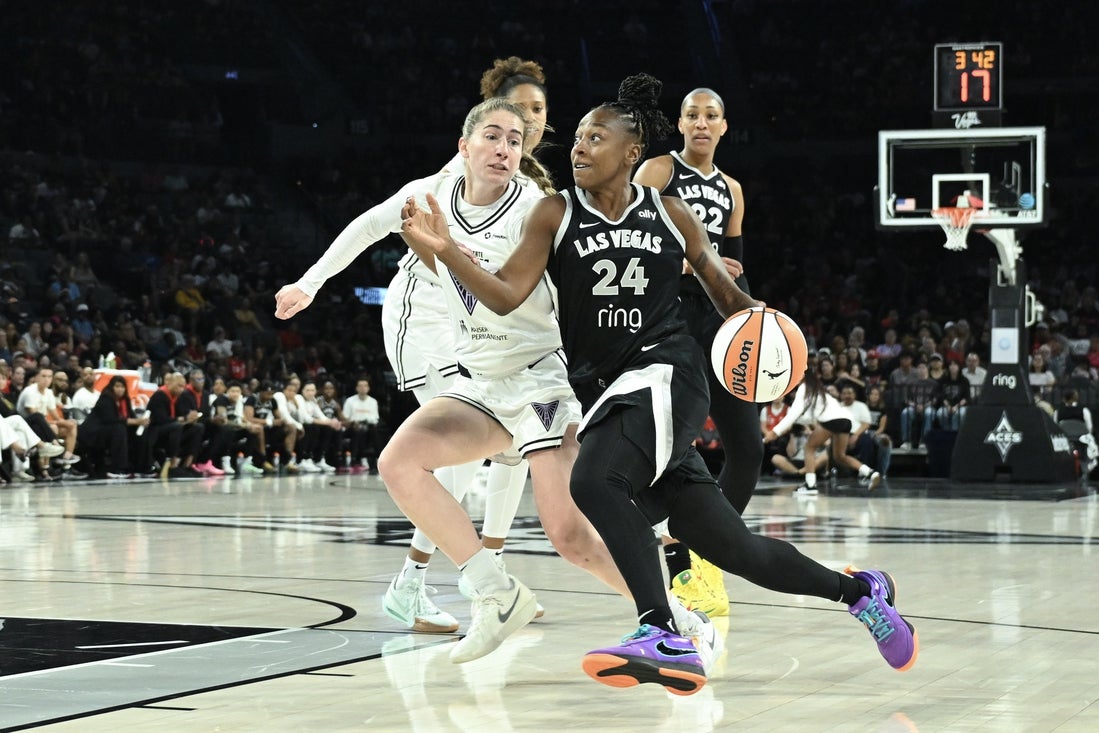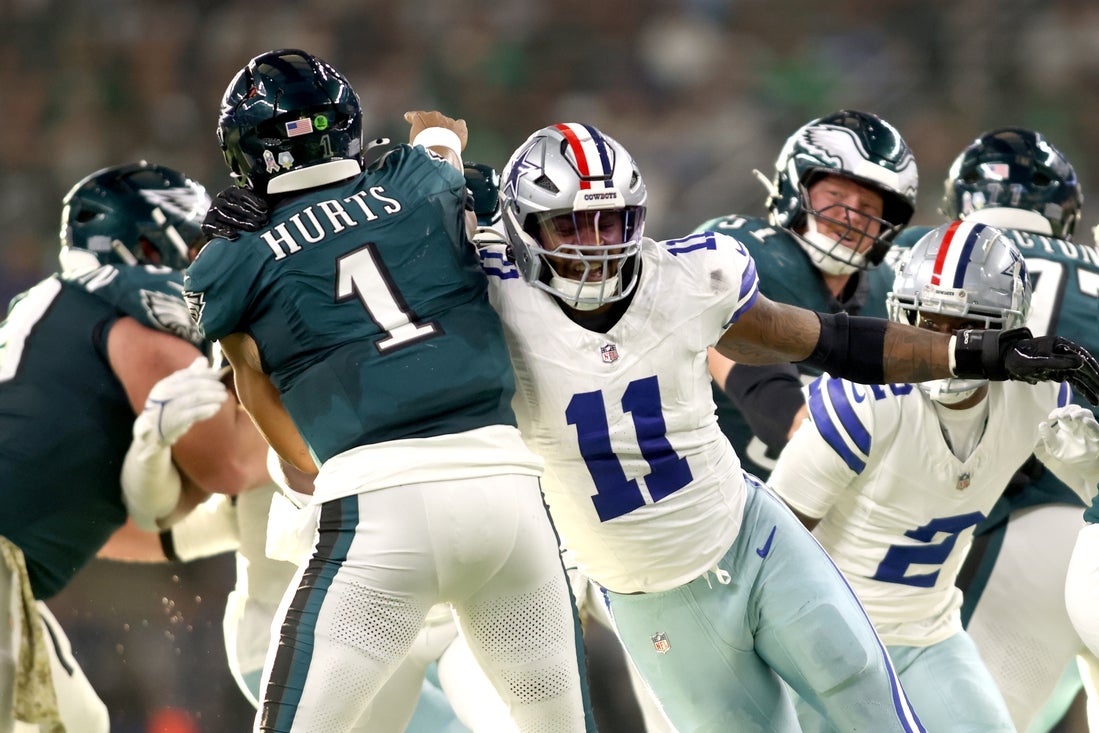The San Francisco Bay Area may not be the first region that comes to mind when considering the future of college football. But as programs restructure to reflect a newly defined era of professionalism in the sport, it’s Cal and Stanford that may best illustrate where the game is headed.
At Stanford, the shift began more than two months before the landmark House v. NCAA ruling that allows universities to designate athletes as employees. In March, as the university investigated the behavior of former head coach Troy Taylor, it wasn’t outgoing athletic director Bernard Muir who led the public-facing response. It was legendary Cardinal quarterback Andrew Luck.
More specifically, it was Andrew Luck in his newly created role as Stanford football general manager.
Luck appeared before the media on March 25 to announce Taylor’s dismissal. A week later, he sat beside interim head coach Frank Reich—his former head coach with the Indianapolis Colts—introducing him as the new face of the program.
By bringing in his former NFL coach to lead his alma mater, Luck became a symbol of the sport’s evolving structure. In this new age of college football, the once-untouchable head coach—often the most powerful figure in an athletic department, if not an entire university or state—may now have to share that power with a general manager.
At Stanford, this may be symbolic. But across the Bay at Cal, it’s already operational.
When Cal athletic director Jim Knowlton announced his retirement in June, an ESPN.com report followed with a telling detail: Golden Bears head coach Justin Wilcox will now report to GM Ron Rivera.
Pete Thamel’s ESPN report came two months after SFGate noted that Cal boosters had pushed for this exact change. After a 6–7 finish in the program’s ACC debut and a roster gutted via the transfer portal, the Bears are in rebuild mode—and the decision to give Rivera control signals a major pivot.
Rivera, like Luck, is a Cal alum. And like Luck, he returned to his alma mater with extensive NFL experience. That professional background—particularly in roster-building under the constraints of a salary cap—now appears to be the key qualification for the sport’s most powerful new role.
In truth, House v. NCAA merely closed the loop on a transformation that began with the advent of name, image and likeness (NIL) rights and relaxed transfer rules in 2021. With amateurism essentially gone, the college football landscape now looks more like the NFL than ever before.
Nebraska head coach Matt Rhule said as much on Greg McElroy’s podcast earlier this week. A former NFL head coach with the Carolina Panthers, Rhule underscored the importance of building a roster within financial constraints—a skill honed in the pros. That’s why he turned to longtime colleague Pat Stewart, who worked in the Panthers’ front office, to serve as Nebraska’s GM.
The setup in Lincoln differs slightly from Cal and Stanford. At Nebraska, Rhule hired his own general manager. The same is true at North Carolina, where newly minted head coach and future Hall of Famer Bill Belichick brought in Michael Lombardi to serve as GM.
Belichick, of course, learned from Bill Parcells, who famously said: “If they want you to cook the dinner, at least they ought to let you shop for some of the groceries.”
That quote sums up the current moment. While general managers won’t erase the off-field influence of college football head coaches, the cases of Stanford and Cal make it clear: GM is no ceremonial title.
It’s a power position—and it’s here to stay.





